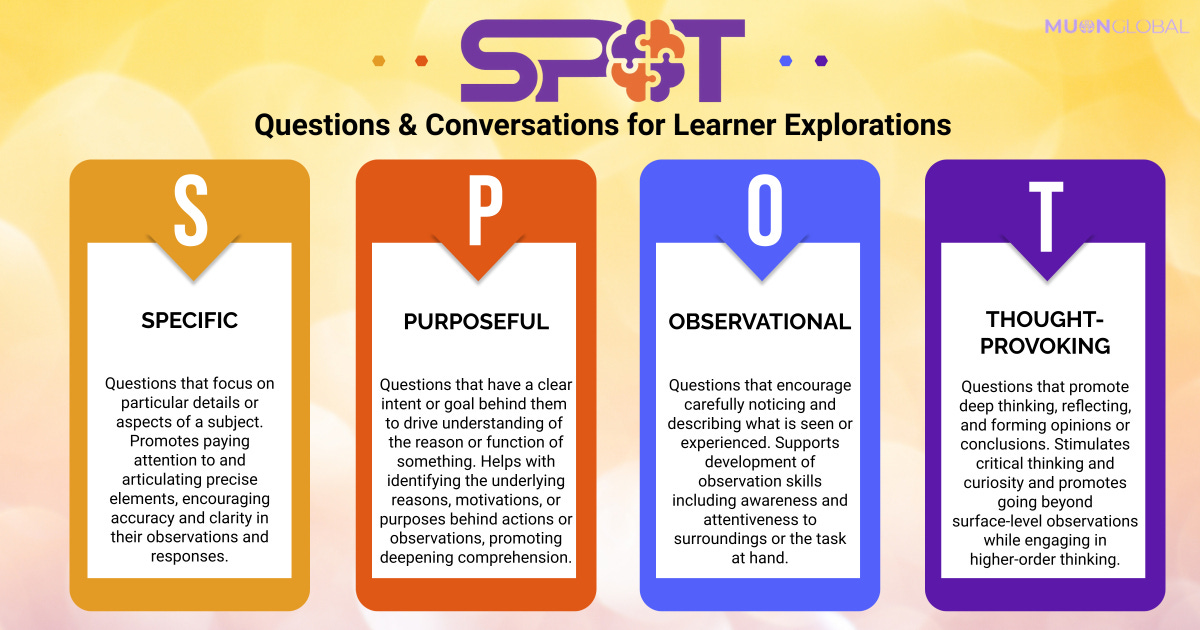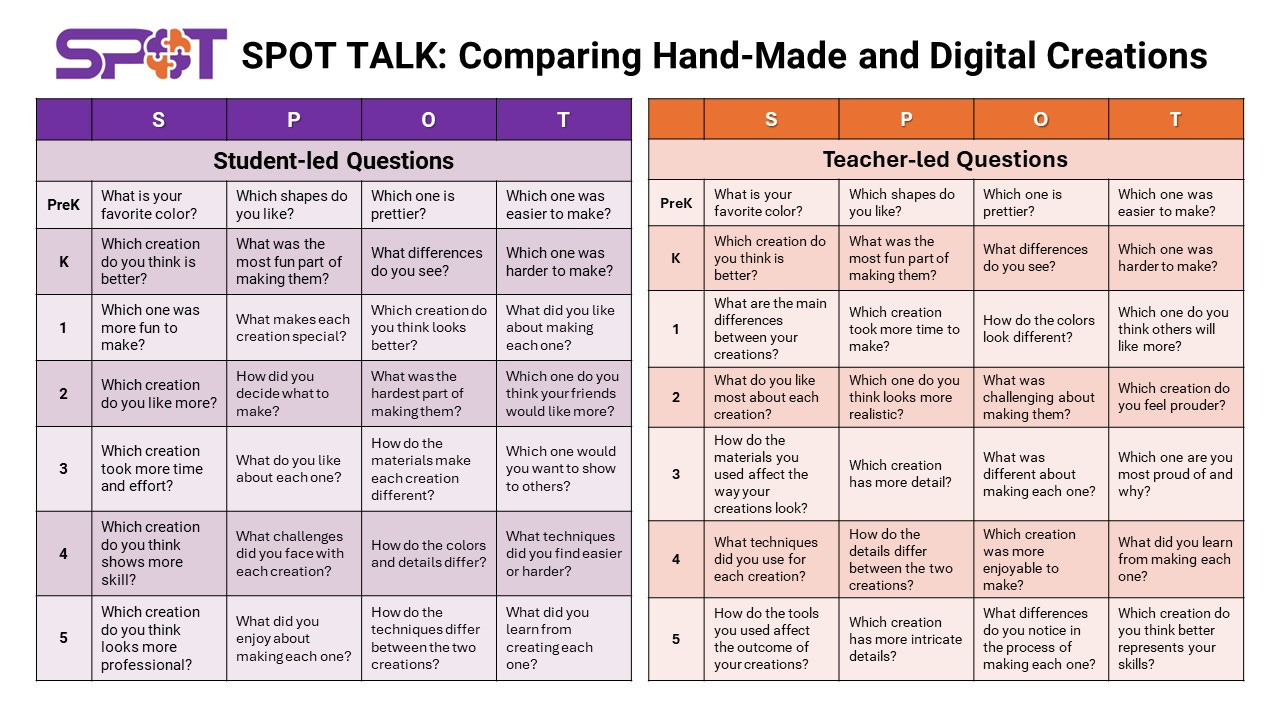One question I’m often asked about implementing artificial intelligence (AI) in classrooms is, “Where do I start?” As a teacher, I thought I had to dive in first because students should be “taking action.” Activities can engage students and increase achievement. So, there are some looks of wonderment when I respond, “Have a discussion. Talk to kids about AI. Allow them to converse with each other.” At first, the response seems counterintuitive to what we’ve been told and what many have experienced as educators.
In my presentation, AI for Littles,” I encourage conversation as a mainstay throughout the activities I introduce. John Hattie’s research on classroom discussions can lead to two years of student growth in one year (effect size 0.82). According to Hattie (2015), effective questioning (effect size 0.48) can increase student achievement by more than a year during the same period. In a world where we encourage more doing and less talking, we may be missing the mark.
I developed a framework educators and students could use to promote classroom discussions during a learning cycle. The SPOT framework consists of four types of questions: specific, purposeful, observational, and thought-provoking. Details on the question types are outlined below:
Specific
Questions that focus on particular details or aspects of a subject. Promotes paying attention to and articulating precise elements, encouraging accuracy and clarity in their observations and responses.
Purposeful
Questions that have a clear intent or goal behind them to drive understanding of the reason or function of something. Helps with identifying the underlying reasons, motivations, or purposes behind actions or observations, promoting deepening comprehension.
Observational
Questions that encourage carefully noticing and describing what is seen or experienced. Supports development of observation skills including awareness and attentiveness to surroundings or the task at hand.
Thought-provoking
Questions that promote deep thinking, reflecting, and forming opinions or conclusions. Stimulates critical thinking and curiosity and promotes going beyond surface-level observations while engaging in higher-order thinking.
I decided to start including the SPOT framework in my AI for Littles presentation because it’s one thing to say, “Have a conversation,” and another thing to promote discussions with practical examples teachers can use immediately. Much of the discourse on AI and teachers focused on saving time. Therefore, providing sample questions is better than hoping teachers find or generate their own.
I’m committed to developing sample SPOT questions for each activity I present. I started with early childhood and elementary grade levels because many AI tools are unavailable for younger students. Questions and conversations about AI, when supplemented with engaging activities, serve two purposes: helping students develop critical and communicative skills and deepening their understanding of AI in safer learning environments.
I’m sharing SPOT Talk with the hope that we increase the time dedicated to conversations about AI and learning in general. The SPOT framework is not limited to discussions on AI; it can be used for any subject. Ultimately, students should think about the specifics and purpose of a topic. They should also make observations and think deeply about actions and impact.
The present is talking.
The future is thinking.
Always in service,
Nneka





